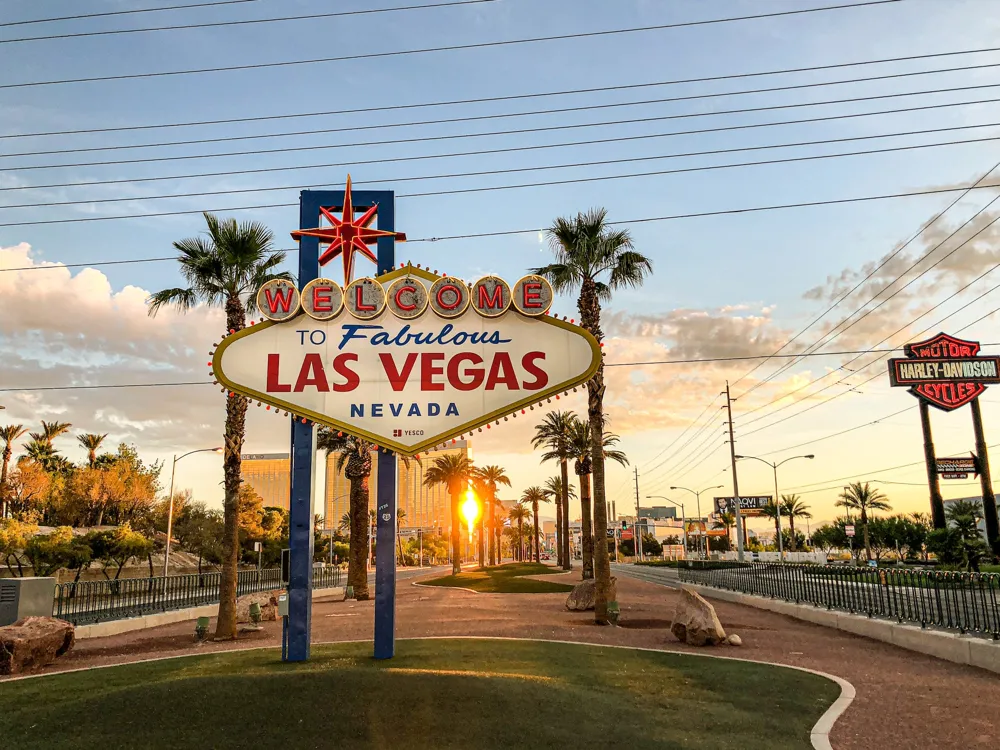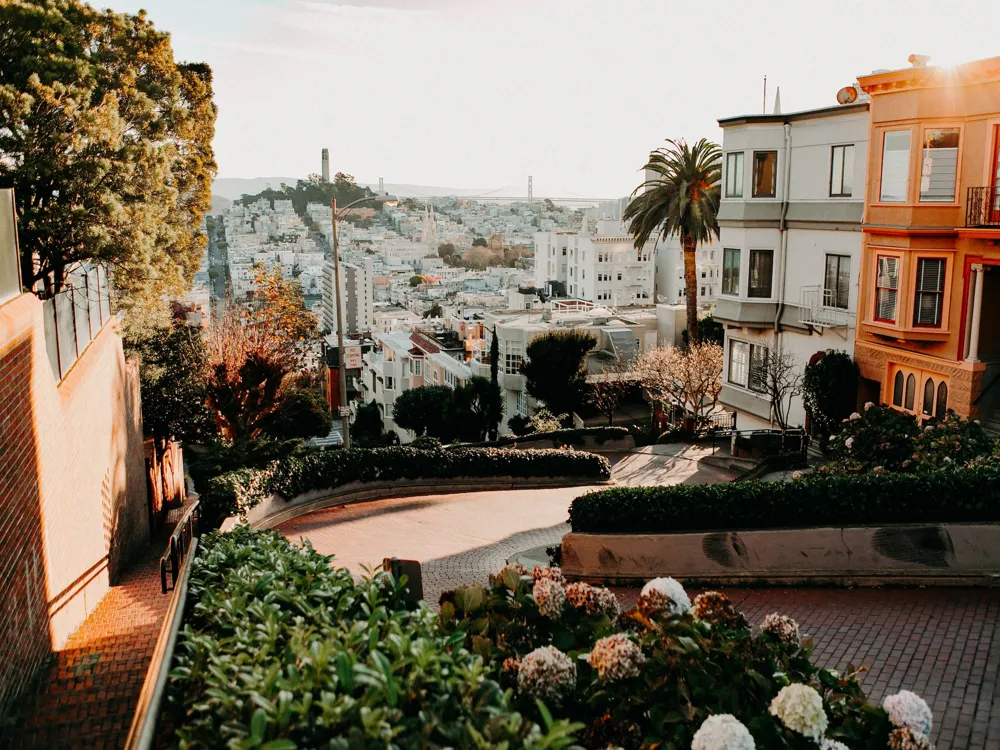Nestled in the heart of Los Angeles, California, the Earl Burns Miller Japanese Garden is a hidden gem that offers a serene escape from the hustle and bustle of city life. This exquisite garden, located on the campus of California State University, Long Beach, spans 1.3 acres and is a living testament to the beauty and tranquility of traditional Japanese garden design. The garden was dedicated in 1981 and named after Earl Burns Miller, whose wife Loraine Miller Collins provided the funding in his memory. It stands as a symbol of the cultural bridge between Japan and America, promoting understanding and appreciation of Japanese culture. The garden's design was conceived by renowned landscape architect Edward Lovell, who meticulously crafted a landscape that harmonizes with the natural environment. The garden features a series of interconnected ponds, complete with koi fish, that create a central focal point. Surrounding the ponds are immaculately maintained landscapes that include a variety of traditional Japanese plants, such as cherry trees, black pine, bamboo, and azaleas. The garden's layout encourages a journey of discovery, with each turn revealing new vistas and hidden alcoves, perfect for contemplation and reflection. Visitors to the Earl Burns Miller Japanese Garden are greeted by a stunning array of architectural elements that are quintessentially Japanese. The entrance gate, or mon, sets the tone with its elegant simplicity. Once inside, one can find a zigzag bridge, or yatsuhashi, which is said to protect against evil spirits, as it is believed they can only travel in straight lines. Stone lanterns, or Ishiguro, are strategically placed throughout the garden, providing subtle illumination and adding to the mystical ambiance during evening events. The garden is not only a place of beauty but also serves as an educational resource. It offers a variety of programs, including tea ceremonies in the traditional tea house, cultural festivals, and educational tours. The garden's setting makes it a popular spot for photography, particularly for weddings and special events. Its beauty changes with the seasons, offering a different experience whether you visit during the cherry blossoms of spring, the vibrant greens of summer, the fiery colors of autumn, or the serene quiet of winter. Additional content detailing the garden's history, cultural significance, plant species, seasonal changes, and events... The architecture of the Earl Burns Miller Japanese Garden is a harmonious blend of traditional Japanese design and contemporary elements, creating a timeless beauty that captivates visitors. At the heart of this architectural masterpiece is the principle of Shenzhen, or the creation of a miniature idealized landscape, which is evident in every aspect of the garden's design. The architecture seamlessly integrates with the natural environment, blurring the lines between man-made structures and nature. One of the garden's most notable architectural features is the Shoin Building, a structure that exemplifies the elegance of traditional Japanese architecture. The building's design is based on a 16th-century samurai retreat and features sliding doors, fusuma, tatami mats, and a tokonoma alcove, where art or ikebana (flower arrangements) are displayed. The Shoin Building is used for tea ceremonies and cultural events, offering an authentic glimpse into Japanese cultural practices. The garden's bridges are not only functional but also serve as architectural highlights. The aforementioned zigzag bridge, along with the arched drum bridge, or taikobashi, provide both aesthetic pleasure and practical pathways across the ponds. These bridges are carefully crafted to reflect the principles of Japanese design, emphasizing simplicity, elegance, and harmony with nature. The teahouse, or chashitsu, is another architectural marvel within the garden. Constructed using traditional methods and materials, the teahouse is a space dedicated to the tea ceremony, a ritual that is central to Japanese culture. The teahouse's design is deliberately modest and unadorned, encouraging a focus on the spiritual and contemplative aspects of the tea ceremony. Additional content exploring various architectural elements, construction techniques, cultural influences, and design philosophies... Before visiting the Earl Burns Miller Japanese Garden, it's important to check the garden's website for the latest information on opening hours and any special events that might affect your visit. Consider the season of your visit as well, as the garden offers different experiences throughout the year. As a place of tranquility and reflection, visitors are encouraged to respect the garden's etiquette. This includes speaking softly, refraining from littering, and not feeding the koi fish. Photography is allowed, but commercial photography requires a permit. Comfortable walking shoes are recommended as the garden has many paths and bridges. Dress according to the weather, and consider bringing a hat or umbrella for sunny or rainy days, respectively. The garden offers various cultural activities, such as tea ceremonies and festivals. Participating in these events can enhance your understanding and appreciation of Japanese culture. The garden is accessible to visitors with disabilities. However, some areas might be challenging to navigate for those with mobility issues, so it's advisable to check the garden's accessibility information beforehand. The Earl Burns Miller Japanese Garden is located on the campus of California State University, Long Beach. It is easily accessible by both public transportation and car. For those taking public transport, several bus lines stop near the university. If driving, the garden is situated near major highways and has ample parking available. Detailed directions and parking information can be found on the garden's website. Read More:Overview of Earl Burns Miller Japanese Garden, Los Angeles, California
Architecture of Earl Burns Miller Japanese Garden
Tips When Visiting Earl Burns Miller Japanese Garden
Plan Your Visit
Respect the Garden's Etiquette
Dress Appropriately
Participate in Cultural Activities
Accessibility
How To Reach Earl Burns Miller Japanese Garden
Earl Burns Miller Japanese Garden
Los Angeles
California
NaN onwards
View los-angeles Packages
Weather :
Tags : Garden & Park
Timings : 9am - 5pm, Monday - Sunday
Type : Botanical Garden
Area : 1.3 acres
Within the gardens :
- The Zig-Zag Bridge
- Zen Gardens
- Tea House
Annual events :
- Koi auction
- Chrysanthemum show
Accessibility : Wheelchair-accessible car park and entrance
Location : Earl Warren Drive, Long Beach, California
Planning a Trip? Ask Your Question
Los-angeles Travel Packages
View All Packages For Los-angeles
Top Hotel Collections for Los-angeles

Private Pool

Luxury Hotels

5-Star Hotels

Pet Friendly
Top Hotels Near Los-angeles
Other Top Ranking Places In Los-angeles
View All Places To Visit In los-angeles
View los-angeles Packages
Weather :
Tags : Garden & Park
Timings : 9am - 5pm, Monday - Sunday
Type : Botanical Garden
Area : 1.3 acres
Within the gardens :
- The Zig-Zag Bridge
- Zen Gardens
- Tea House
Annual events :
- Koi auction
- Chrysanthemum show
Accessibility : Wheelchair-accessible car park and entrance
Location : Earl Warren Drive, Long Beach, California
Planning a Trip? Ask Your Question
Los-angeles Travel Packages
View All Packages For Los-angeles
Top Hotel Collections for Los-angeles

Private Pool

Luxury Hotels

5-Star Hotels

Pet Friendly






















